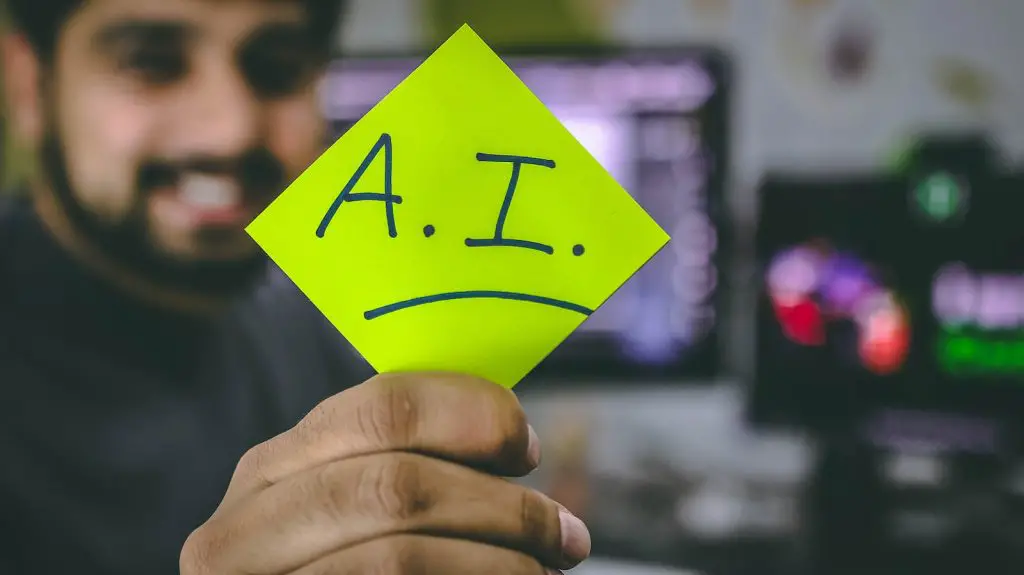This post may contain affiliate links which means I may receive a commission. Learn more on my Privacy Policy page.
AR, VR, and Machine Learning in App Development
Augmented and virtual reality technologies have had an undeniable effect on business. But understanding these technologies alone isn’t enough for organizations to gain an edge against their competition.
Businesses should seek a mobile application development company like TechAhead with extensive experience implementing new technologies and staying abreast of industry trends in app development.
What industries are likely to be transformed by AR?
AR can give customers a more fulfilling shopping experience on e-commerce platforms by showing how products would work or appear in their home environment. Furthermore, this technology removes any doubt or uncertainty and shortens sales cycles; additionally it can be leveraged in marketing or promotional applications like virtual showrooms or 3D product previews.
AR’s presence can have an enormously positive effect in healthcare, where medical professionals and surgeons can utilize it for diagnosing patients as well as performing surgeries without endangering patient safety. AR can also be utilized in telemedicine by helping doctors remotely view and treat patients remotely; training programs could benefit greatly by using AR to allow trainees to practice procedures under expert guidance.
AR makes writing digital work instructions easier by adding audio and visual cues that simplify steps in writing them, cutting down on text needed for employees in manufacturing and assembly operations, while increasing clarity for employees. LightGuide systems such as this one use AR software to integrate images and videos with written instructions for easier writing digital work instructions.
AR will make life easier for industrial and facility maintenance workers by giving them instantaneous access to information, contacting remote technical support quickly, performing complex walk-through repairs without touching anything and quickly detecting issues in complex or hazardous environments such as industrial units and buildings.
Machine learning revolutionizing app development in industries
Machine learning, an area of artificial intelligence, has revolutionized various industries. Its algorithms are designed to automatically find patterns in large amounts of data and learn from it without human input; this enables computers to detect fraudsters more quickly while optimizing manufacturing processes and anticipating customer purchase behavior.
App development companies are increasingly turning to machine learning (ML) technologies in their products in order to provide more tailored user experiences, which in turn increase conversion rates, raise revenue and yield a higher return on investment for clients.
In healthcare, machine learning (ML) is helping mobile applications be more user-friendly and efficient by aiding medical professionals to better diagnose patients and provide treatment. Furthermore, it can predict which medications will work best and offer recommendations based on each individual patient’s medical history. Furthermore, large amounts of data can be processed with machine learning to identify trends or predict future events.
AR can be leveraged in multiple ways to help bring people closer together and enrich their experiences. Snapchat uses AR technology to allow its users to share favorite moments via drawing over them with Bitmoji characters. In addition, its facial recognition technology enables it to more accurately recognize faces and provide personalized responses accordingly.
AR applications in healthcare industry
AR has several healthcare applications that help reduce medical errors and enhance patient care, such as virtual surgical simulations. Surgeons use these simulations to practice procedures before performing them on actual patients; this enables them to identify any flaws in their technique before performing surgery on real patients.
AR can also be utilized in education to teach medical students anatomy and physiological mechanisms. AR allows educators to easily and accurately explain complex processes with visual aids like arrows, model highlights, or annotations overlayed onto an actual view; this enables them to more efficiently convey details of surgical procedures to their students without incurring lengthy and costly training sessions.
AR can also play an essential role in healthcare via telemedicine, providing doctors with a real-time way of communicating with remote patients and monitoring their recovery status – this way helping patients return to normal living more quickly.
There’s still much to discover in the field of Augmented Reality healthcare, but Ethosh, an ophthalmology-focused pharmaceutical company, developed an AR app which helps patients better understand their eye conditions and medication processes, using smartphone-accessible navigation functions such as virtual arrows for guidance.
VR technology disrupting retail sector
VR applications are revolutionizing retail by giving customers a firsthand experience of products before making a decision to buy. VR also helps retailers collect data more efficiently while increasing employee efficiency. Unfortunately, however, the technology can have its drawbacks; development, implementation and maintenance take time and money, causing health issues like eye and mental strain with prolonged usage.
VR offers an immersive shopping experience unlike anything available through traditional online stores, and many large retailers such as eBay and Myer have taken notice. Both companies have launched virtual departmental stores allowing customers to experience the atmosphere of an Australian store via VR; this phenomenon is known as “digital twin” technology that allows consumers to explore all collections available under one brand.
Virtual shopping experiences are especially helpful for consumers unfamiliar with stores. VR can increase perceptions of attractiveness of stores they visit, leading to positive evaluations and being consistent with schema theory (according to Sujan & Bettman 1989) in that new information can be assimilated into existing beliefs and experiences (Sujan & Bettman 1989). Furthermore, this research study demonstrated VR’s effectiveness in evoking emotions was independent of consumers familiarity with stores – meaning its presence can reduce store trips while simultaneously cutting carbon emissions.




